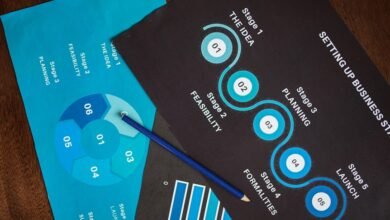5407074097 How to Build a Personal Finance Plan

Building a personal finance plan requires a structured analysis of one's financial status. It begins with a thorough assessment of assets, liabilities, income, and expenditures. Establishing clear financial goals is crucial for effective decision-making. Following this, a detailed budget and savings strategy must be developed to monitor spending and promote financial growth. Understanding these foundational steps can lead to greater financial stability, yet many overlook critical aspects that could enhance their plans.
Assessing Your Current Financial Situation
Before embarking on a personal finance plan, individuals must first assess their current financial situation to gain a clear understanding of their assets, liabilities, income, and expenses.
This process involves evaluating assets to identify valuable resources and analyzing debts to recognize financial obligations.
A thorough assessment lays the foundation for informed decision-making, empowering individuals to pursue financial freedom with clarity and confidence.
Setting Clear Financial Goals
Establishing clear financial goals is essential for individuals seeking to navigate their financial journey effectively.
Employing goal prioritization techniques allows individuals to distinguish between short term vs long term objectives, enabling them to allocate resources efficiently.
This structured approach enhances focus and motivation, supporting the pursuit of financial freedom.
Ultimately, well-defined goals serve as a roadmap for achieving desired financial outcomes.
Developing a Budget and Savings Plan
Creating a comprehensive budget and savings plan is a critical component of effective personal finance management. Individuals must engage in diligent expense tracking to identify spending patterns and areas for reduction.
Establishing an emergency fund is essential for financial resilience, providing a safety net against unforeseen expenses. By prioritizing these elements, one can achieve greater financial freedom and security in their personal finance journey.
Conclusion
In conclusion, building a personal finance plan is an essential step toward achieving financial stability and freedom. By rigorously assessing one's financial situation, setting clear goals, and developing a structured budget and savings strategy, individuals can navigate their financial journeys with confidence. But with so many variables at play, how can one ensure that their plan remains adaptable to changing circumstances? Continuous evaluation and adjustment are key to maintaining momentum and fostering long-term financial health.





